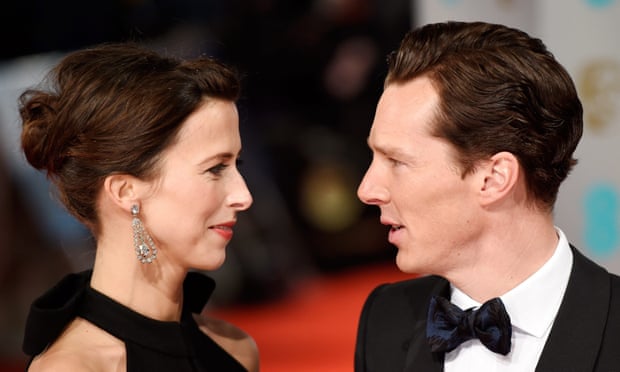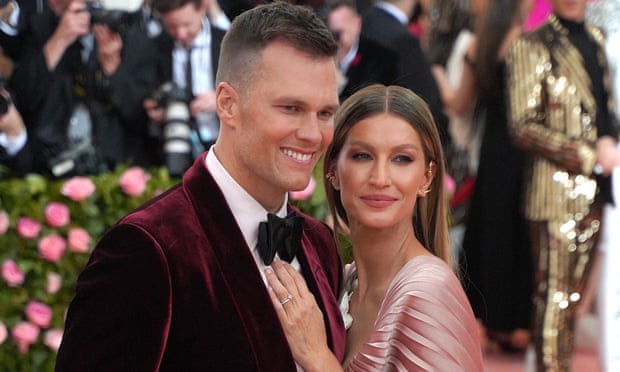Study instead suggests people are initially attracted to those with similar features to themselves
The question has intrigued psychologists for years: do the faces of people in long-term relationships start to look the same?
Written content by Ian Sample via the Guardian
Hints that they do emerged in the 1980s and have since made it into psychology courses. Yet in the ensuing decades, the observation has never been scientifically confirmed or refuted.
Now researchers at Stanford University in the US have thrown modern technology at the problem. Having analysed thousands of public photos of couples, they believe they can finally settle the matter.
“It is something people believe in and we were curious about it,” said Pin Pin Tea-makorn, a PhD student at Stanford. “Our initial thought was if people’s faces do converge over time, we could look at what types of features they converge on.”

Working with her Stanford colleague, Michal Kosinski, Tea-makorn scoured Google, newspaper anniversary notices and genealogy websites for photos of couples taken at the start of their marriages and many years later. From these they compiled a database of pictures from 517 couples, taken within two years of tying the knot and between 20 and 69 years later.
To test whether couples’ faces grew alike over time, the researchers showed volunteers a photo of a “target” person accompanied by six other faces, one being their spouse, with the other five faces selected at random. The volunteers were then asked to rank how similar each of the six faces were to the target individual. The same task was then performed by cutting-edge facial recognition software.
In the original study in 1987, the late psychologist Robert Zajonc, at the University of Michigan, had volunteers rank the photos of only a dozen couples. He concluded that couples’ faces became more alike as their marriages went on, with the effect being greater the happier they were.
The explanation, psychologists have argued, is that sharing lives shapes people’s faces, with diet, lifestyle, time outdoors, and laughter lines all having a part to play.
However, writing in Scientific Reports, Tea-makorn and Kosinski describe how they found no evidence for couples looking more alike as time passed. They did, however, look more alike than random pairs of people at the start of their relationship. Read more from The Guardian.
“News Without Politics” keeps you updated on interesting and relevant news stories in the U.S and abroad without media bias.
Stay informed daily.





